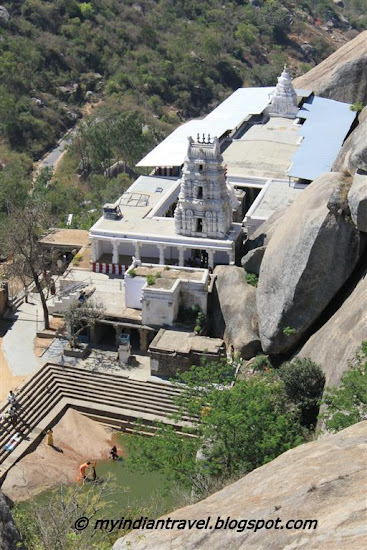This is tenth in the series on the rich cultural heritage of ancient temples in India. Today we will see sculptures on the external walls or pillars of the temple. In Gwalior at Gwalior Fort, the 9th century Teli Ka Mandir has some nice carvings at the entrance of the temple. They are distorted now, but they could have been wonderful when intact.

The 16th century Veerabadhra Temple of Lepakshi has excellent carvings. The pillars of the temple are beautifully carved. Some of the pillars have musicians playing musical instruments carved on them.

The Brihadeswara Temple of Gangaikondacholapuram built in 1020-1029 AD has magnificent carvings on their external walls. There are carvings of various forms of Lord on the external surface of the temple. We will see two of these sculptures here. First one is that of Lord Harihara.

The second one is that of Ardhanareeshwar, i.e., half form is of male and other half is female.

The left half is Lord Shiva and the right half is Goddess Parvati. This can be clearly seen from the face, body and dress.
Prev 9 Next 11

The 16th century Veerabadhra Temple of Lepakshi has excellent carvings. The pillars of the temple are beautifully carved. Some of the pillars have musicians playing musical instruments carved on them.

The Brihadeswara Temple of Gangaikondacholapuram built in 1020-1029 AD has magnificent carvings on their external walls. There are carvings of various forms of Lord on the external surface of the temple. We will see two of these sculptures here. First one is that of Lord Harihara.

The second one is that of Ardhanareeshwar, i.e., half form is of male and other half is female.

The left half is Lord Shiva and the right half is Goddess Parvati. This can be clearly seen from the face, body and dress.
Prev 9 Next 11
























